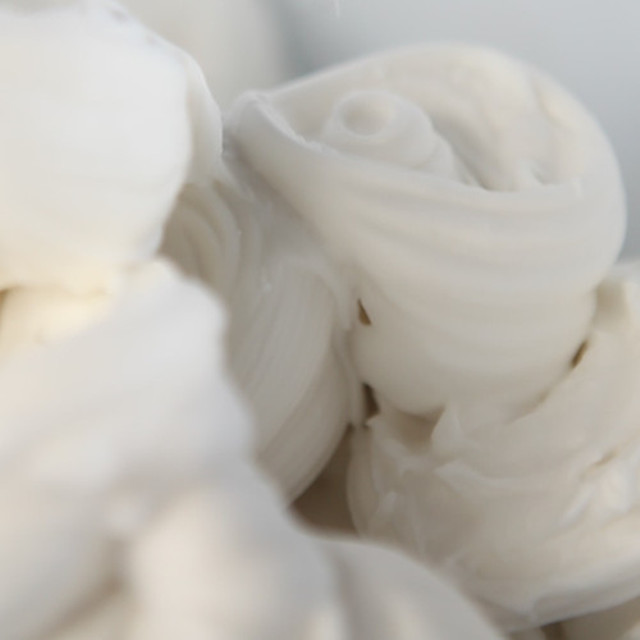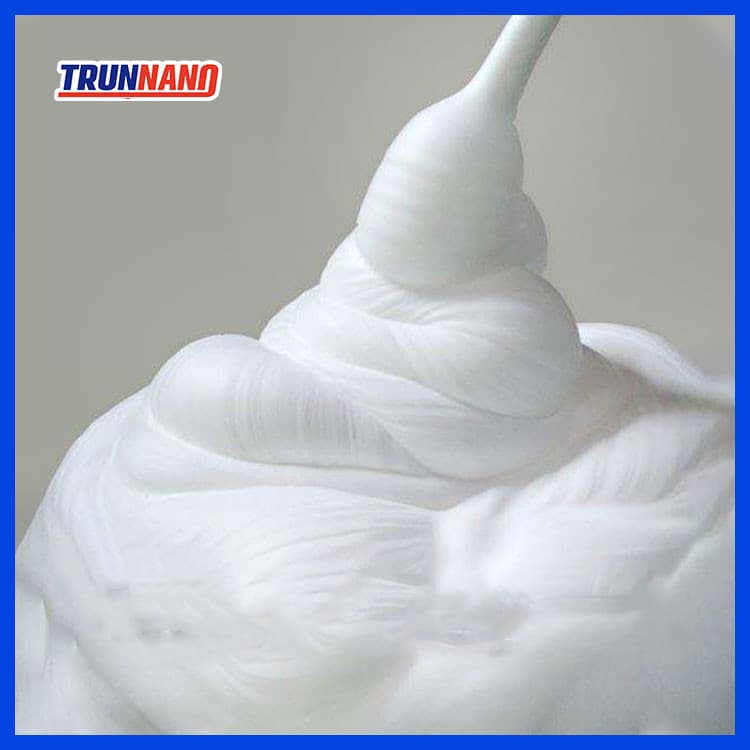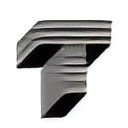Professional solutions on concrete addtives, Concrete Foaming Agent, Superplasticizer, CLC Blocks Additives, and foaming machine
(Precautions before and after Construction of Foam Lightweight Concrete)
Foam lightweight concrete is a lightweight, high-strength, thermal insulation, sound insulation, fire prevention and other multi-functional building materials, which is widely used in buildings, roads, bridges, tunnels and other construction projects. During the construction of foam lightweight concrete, a series of matters need to be paid attention to ensure construction quality, engineering quality and operation safety. This paper will discuss the precautions before and after the construction of lightweight foam concrete.
1、 Precautions before constructionDesign and Evaluation
Before construction, the design and evaluation of foam lightweight concrete shall be carried out first. According to the needs of the project, the mix proportion of foam lightweight concrete is designed, and its performance is evaluated. The design of the mix should be adjusted according to variables like concrete strength level, foam ratio, and foam diameter to ensure the highest performance.
In addition, a comprehensive evaluation of factors such as construction environment, transportation conditions, and construction equipment is needed to develop a suitable construction plan.
Materials preparation
The main materials of foam lightweight concrete include cement, foaming agents, admixtures, etc. Cement should be selected with a strength grade not less than 32.5, and the foaming agent should be matched with the cement foaming machine. Admixtures should be selected according to the needs of the project.
During the material preparation stage, the following points need to be noted:
1) The quality and quantity of materials should meet the engineering requirements;
2) When materials enter the site, acceptance should be carried out, and storage and usage records should be kept;
3) Different materials should be stored separately and waterproof and moisture-proof measures should be taken.
Construction site preparation
The construction site should be cleaned to remove debris and pollutants, ensuring that the ground is flat and clean. The construction site should have sufficient space and be equipped with the necessary construction equipment. Construction water and electricity should be properly prepared. In addition, it is necessary to set up drainage facilities to avoid water immersion during the construction process.
Equipment and personnel preparation
The construction of lightweight foam concrete requires the use of special foaming machines and pouring equipment. Before construction, equipment should be inspected and debugged to ensure normal operation. In addition, it is necessary to provide training and assessment for construction personnel to ensure that they understand the construction process and operating procedures and possess corresponding skills and qualities.
2、 Precautions after constructionPouring and curing
The pouring and curing of lightweight foam concrete is the key link after construction. When pouring, the foam concrete shall be configured and mixed according to the design requirements to ensure that the concrete quality is uniform. When pouring, care is required to prevent the development of bubbles or the formation of voids. After pouring is completed, timely moisturizing and curing should be carried out, usually using plastic film covering for moisturizing and curing. After pouring to the design elevation on the top surface of the pouring area, moisturizing and curing treatment should be carried out immediately. The moisturizing and curing time is generally 7-14 days, and the specific time should be determined based on the actual situation of the project. During the moisturizing maintenance period, heavy vehicles should be avoided from walking on the pouring surface to avoid damaging it.
Quality inspection and acceptance
After the construction of foam lightweight concrete is completed, its quality shall be tested and accepted. The content of quality inspection includes indicators such as density, strength, water absorption, and compressive strength of concrete. According to relevant national standards, the density of foam lightweight concrete shall not be more than 500kg/m ³. The compressive strength should not be less than 0.3MPa. When performing quality inspections when conducting quality inspections, the appearance, dimensions, and other features of the concrete need to be scrutinized to ensure it is in line with the specifications of the design. In addition, bearing capacity tests and other tests shall be carried out to verify the engineering performance of foam lightweight concrete. During the quality inspection and acceptance process, if any quality issues or safety hazards are found, they must be addressed promptly and sorted out to ensure the safety and quality of the project. They must be addressed immediately to ensure the safety and quality of the.
Finished product protection
After the construction of foam lightweight concrete is completed, finished products need to be protected. The main purpose of finished product protection is to prevent external factors from causing damage and destruction to concrete. The protection measures for finished products include setting up temporary railings, covering protective films, and other measures. During the protection period of finished products, the management and maintenance of the site should be strengthened to ensure that the construction site is clean and orderly and to avoid damage or pollution to foam lightweight concrete caused by human factors. Meanwhile, during the protection of finished products, safety regulations, and operating procedures should be followed to avoid safety and quality accidents.
Implementation of safety measures
After the construction of foam lightweight concrete is completed, corresponding safety measures need to be implemented. Especially during on-site maintenance and management, attention should be paid to the following points:
1. Warning signs and isolation belts should be set up to prevent nonstaff from entering the site.
2. It is necessary to regularly inspect and maintain on-site equipment and machinery to ensure their normal operation and safe use. Once again, it is necessary to arrange the working hours and shift system of staff reasonably to ensure the safe and effective operation of on-site work.
3. It is necessary to establish a complete emergency plan and escape route management to develop an emergency plan to ensure the safety of personnel's lives and property in case of emergency.
3、 Supplier
TRUNNANO is a supplier of foam agents with over 12 years experience in nano-building energy conservation and nanotechnology development. It accepts payment via Credit Card, T/T, West Union and Paypal. Trunnano will ship the goods to customers overseas through FedEx, DHL, by air, or by sea. If you are looking for high-quality concrete additives, please feel free to contact us and send an inquiry. (sales@cabr-concrete.com).
(Precautions before and after Construction of Foam Lightweight Concrete)








